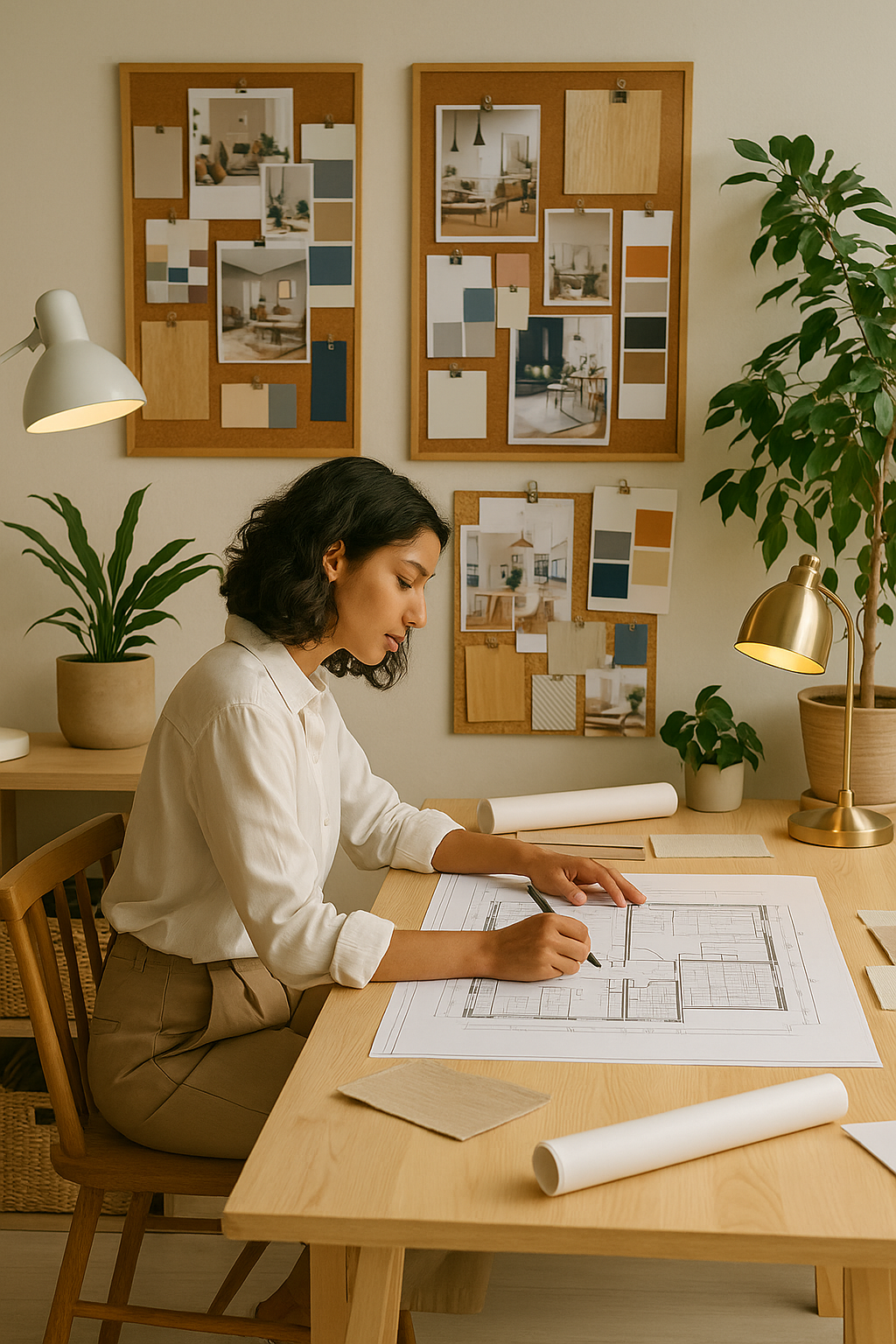The time has come to take responsibility for our planet and to incorporate environmentally clean approaches in everything we do. The adage that ‘charity begins at home’ can also be applied to sustainability but it doesn’t need to feel like a struggle or a sacrifice. Integrating sustainable design principles in your home can be a rewarding and creative endeavour. By prioritising sustainability in your design, you are also incorporating a healthier living environment while conserving resources and reducing your impact on the planet. Besides feeling better about your choices, there is also the opportunity to improve indoor air quality while saving money in the process. This blog will cover many of the approaches you can adopt to integrate sustainable design principles into your home.
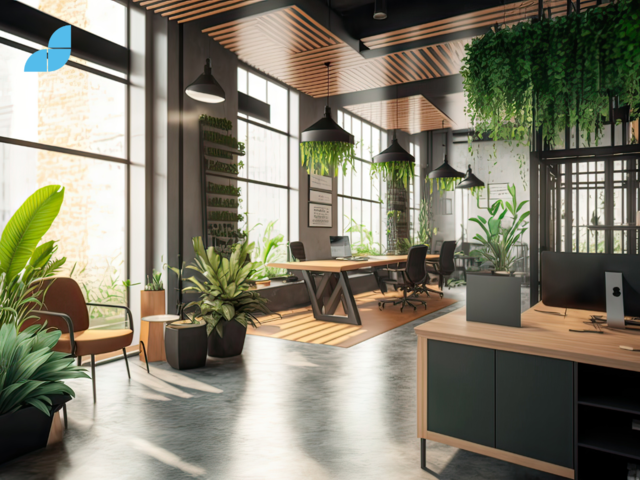
Principles of sustainable design
Sustainable design is exactly that, a design that can be sustained. There is a lot of terminology such as green design or eco-friendly and while these are valid, sustainability is not a buzz word and is not new. From an interior design and architecture point of view, sustainable design involves the creation of environments that have minimal negative effects on the environment while encouraging longevity and sustainability. It incorporates a variety of values such as minimising waste, preserving resources like water and electricity, using eco-friendly products, and guaranteeing a healthy level of indoor air quality.
You can have a positive impact on both your local surroundings and the ecology as a whole, by adhering to these principles.
Analysing your current status
Before embarking on a sustainable design overhaul, the first step is to evaluate your home's existing condition and identify areas for improvement. An energy audit will help you to better understand your energy use habits and find possible areas of energy waste. To get a comprehensive picture of your home's sustainability, also think about analysing your water usage, your choice of materials and the quality of the indoor air.
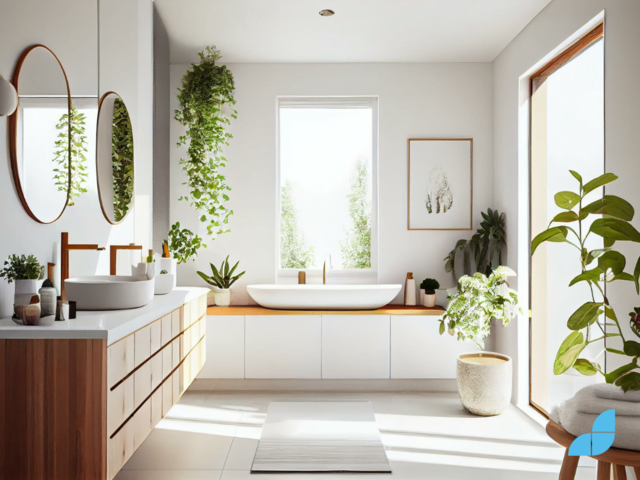
Sustainable home design advice
Her are some tips to follow when approaching a new green design plan:
- Lighting: Maximise natural light by carefully placing windows and skylights. Replace all light bulbs with energy-efficient LEDs.
- Insulation and windows: Good insulation will stabilise indoor temperatures and will lower the demand for heating and cooling. To reduce heat transfer, choose windows with high insulation ratings that are energy-efficient.
- Water conservation: To use less water, install low-flow fixtures in your kitchen and bathrooms. Consider installing rainwater collection devices for non-potable water requirements and outdoor irrigation.
- Eco-friendly furnishings and materials: Choose wood products that have been sustainably harvested and verified by agencies like the Forest Stewardship Council (FSC). Opt for recyclable or upcycled materials for your furniture and go for low volatile organic compound (VOC) paints and finishes.
- Air: Ensure adequate ventilation and add plants that will help purify the air. To reduce chemical emissions, use low-VOC cleaning and maintenance supplies.
Consider sustainable design for all aspects of your home
A home can become an entirely eco-friendly living environment by implementing sustainable design ideas in a variety of spaces.
- Kitchen: Choose energy-saving kitchen appliances such as refrigerators and dishwashers, with high Energy Star ratings. For countertops and cabinets, use eco-friendly kitchen materials like bamboo or recycled glass.
- Bedroom: Choose organic bedding made of natural fibres like cotton or bamboo. To avoid chemical off-gassing, choose mattresses made of organic or natural materials and bedroom furniture made of sustainable materials that are non-toxic.
- Bathroom: To save water, install low-flow toilets, faucets, and showerheads. Reduce your pollution contribution by using natural and biodegradable cleaning products.
- Living Room: Select upholstery textiles for the living room made of eco-friendly materials like organic cotton or hemp. To use less electricity, think about making an investment in energy-efficient entertainment systems.
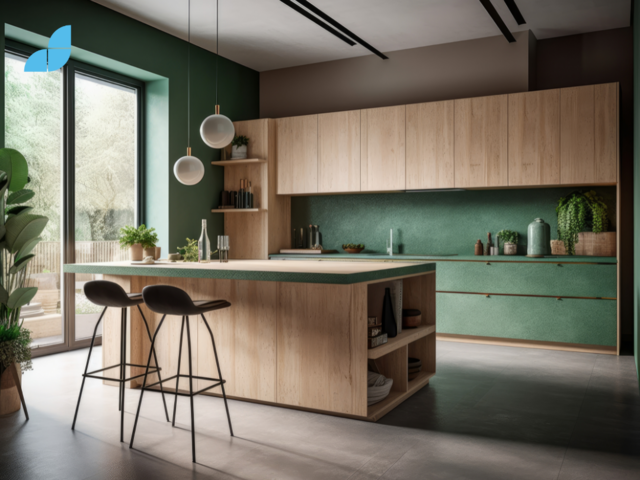
Finding ideas for sustainable design
When it comes to sustainable design solutions, there is an abundance of information and lots of resources. Websites, seminars, books, magazines, social media accounts and blogs will be packed with information and advice. Attending circular design events and talking to people in the industry will offer insights and innovative approaches that you may not have thought of previously. Consult with sustainable designers who are experts in producing eco-friendly living areas.
The benefits of sustainable design over time
There are numerous long-term advantages that come from incorporating sustainable design principles into your home but ultimately, the greatest benefit is the gift you can give to the planet. By utilising eco-friendly materials, conserving energy and water, and encouraging trash reduction you are making a positive contribution to the life cycle of the earth.
There are also many benefits that can be appreciated on a more personal level. Over time, energy-efficient techniques will reduce electricity expenses and by reducing your energy consumption you can also reduce your reliance on fossil fuels thus saving money.
Your home can become a much healthier environment for you and your family by choosing non-toxic materials and enhancing indoor air quality. The health and wellbeing of the planet is the goal, but the bonus is that this also applies to the occupants of a greener home.
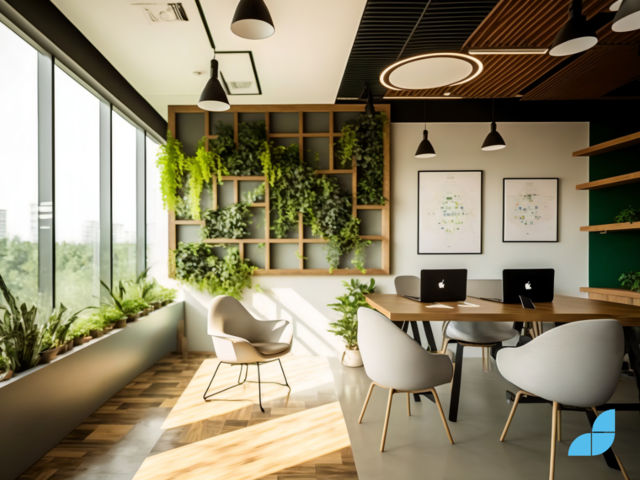
Including sustainable design principles in your home is a proactive move toward making it a more eco-friendly and healthy place to live. You may lessen your impact on the environment, conserve resources, and gain the long-term advantages of sustainable living by heeding the advice and guidelines provided in this blog post. Join the sustainable design movement to build a better future for future generations and embrace the ability to make a difference.
Why not go one step further on your sustainable design journey by enrolling in one of our in-depth interior design courses? We provide a variety of programs, including Certificate, Diploma, Postgraduate Diploma, Higher National Certificate (BTEC) and Higher National Diploma (BTEC), to meet your goals and educational requirements. Join our Interior Design Academy to discover your creative potential while deepening your understanding of and developing your practical skills in sustainable design methods. Make a difference in the interior design industry by moving forward in your career. Enrol now to use your design skills to influence a greener, more sustainable future.

